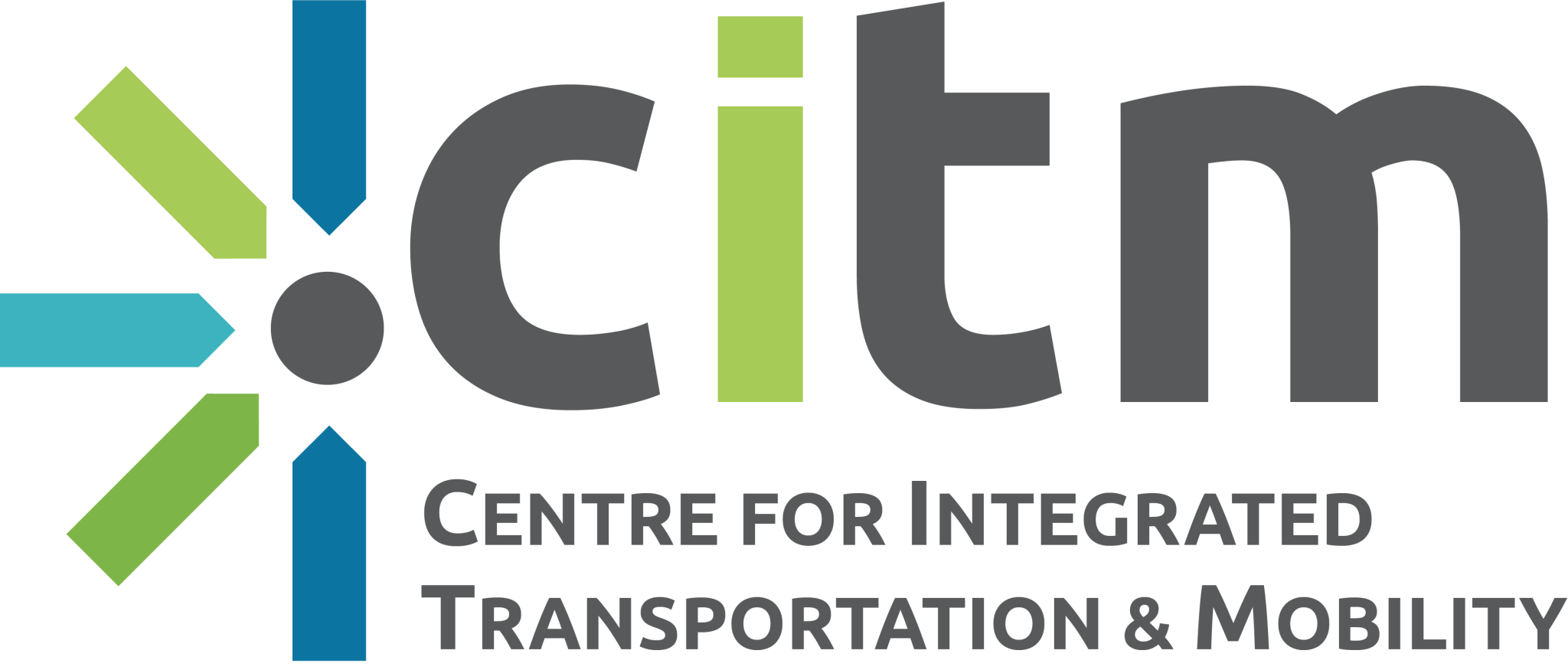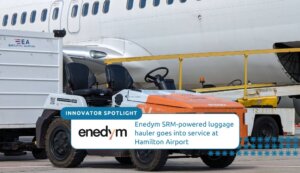Original Article, D. Chetulin et al., McKinsey & Company, August 11, 2021
We benchmarked urban-transport systems in 25 cities around the globe to find out what goes into the making of a smooth commute.
A city’s transportation network is its cardiovascular system—a multifaceted structure that enables the continuous flow of people and goods through its arteries. Municipal authorities, city councils, urban planners, and transport-infrastructure owners and operators around the world are well aware that its quality and efficiency are crucial for the economy and for the well-being of citizens.
The ratings table used 50 different metrics for comparison, including road and rail networks, ticketing, airport flight routes, bicycle lanes, public transport, electronic-service availability, and environmental safety. The geospatial data collected are supplemented by opinions gathered from interviews with more than 30 transport-system-development experts, plus survey responses from 10,000 residents across 25 cities to gauge current satisfaction with existing transport systems and any changes that have been implemented. We have presented the findings in a series of easy-to-digest graphics alongside summaries of the individual transportation projects and the impact of the COVID-19 pandemic in all 25 cities. The report covers Buenos Aires, Chicago, Los Angeles, Mexico City, New York, São Paulo, and Toronto in the Americas; Berlin, Istanbul, London, Madrid, Milan, Moscow, Paris, and Saint Petersburg in Europe; Bangkok, Beijing, Hong Kong, Seoul, Shanghai, Shenzhen, Singapore, and Sydney in the Asia –Pacific (APAC) region, and Johannesburg in Africa.








